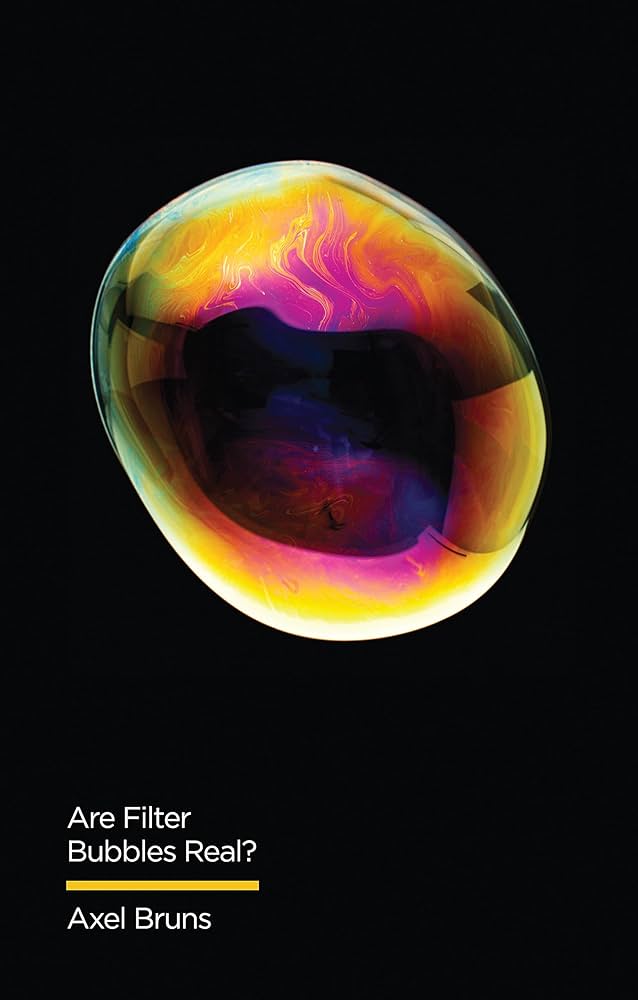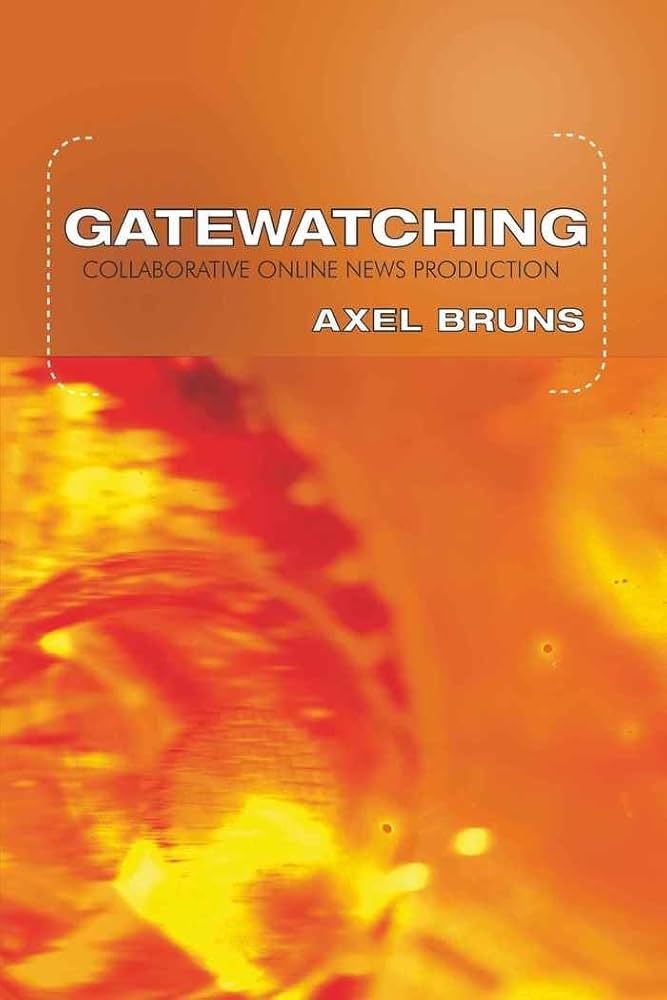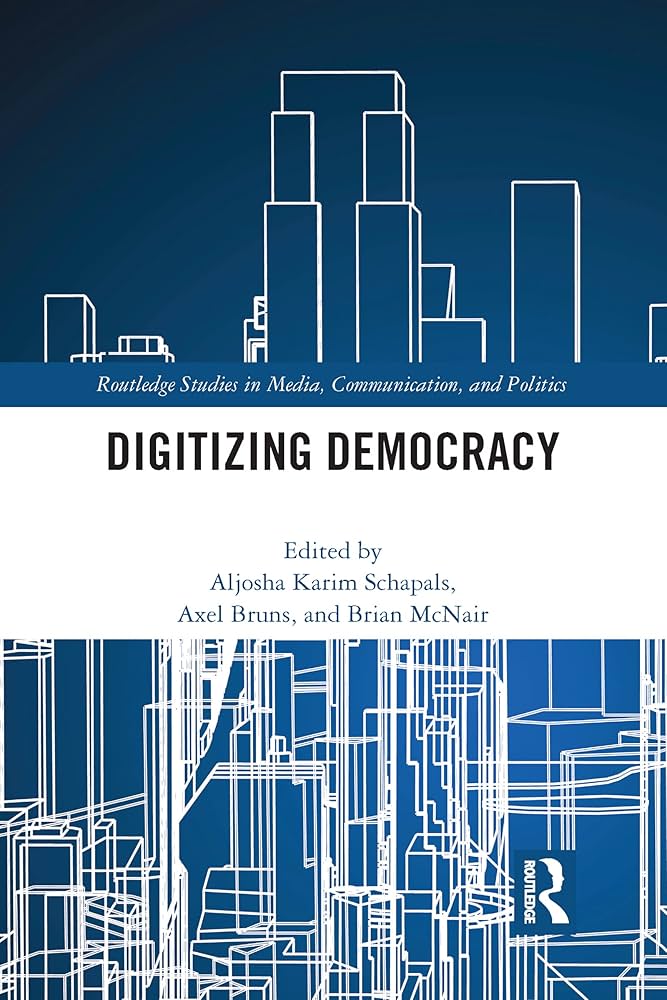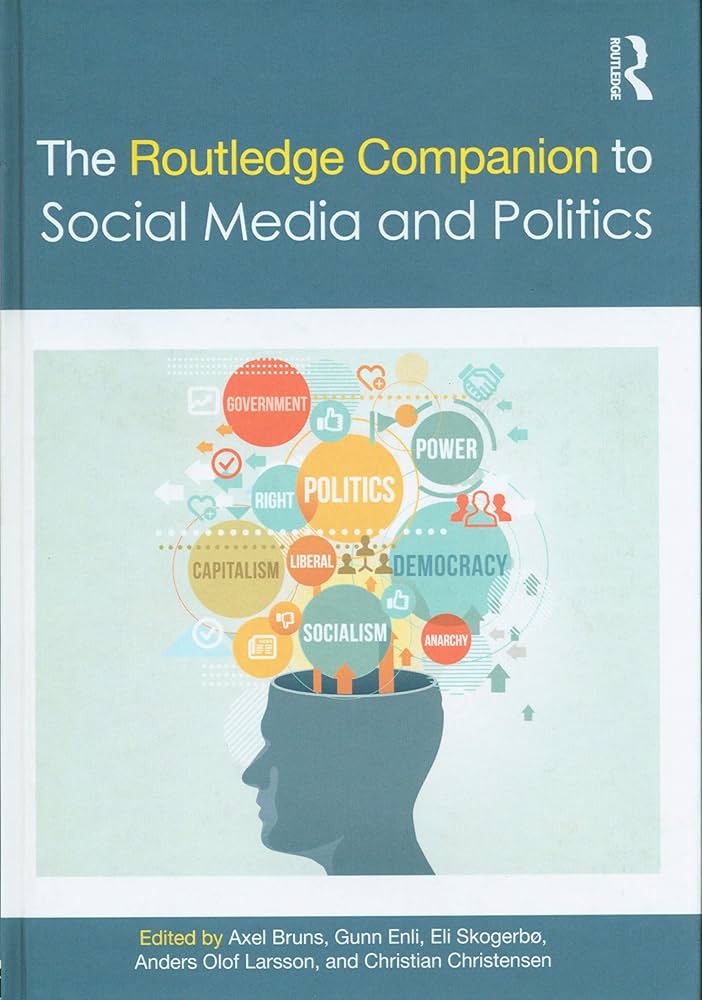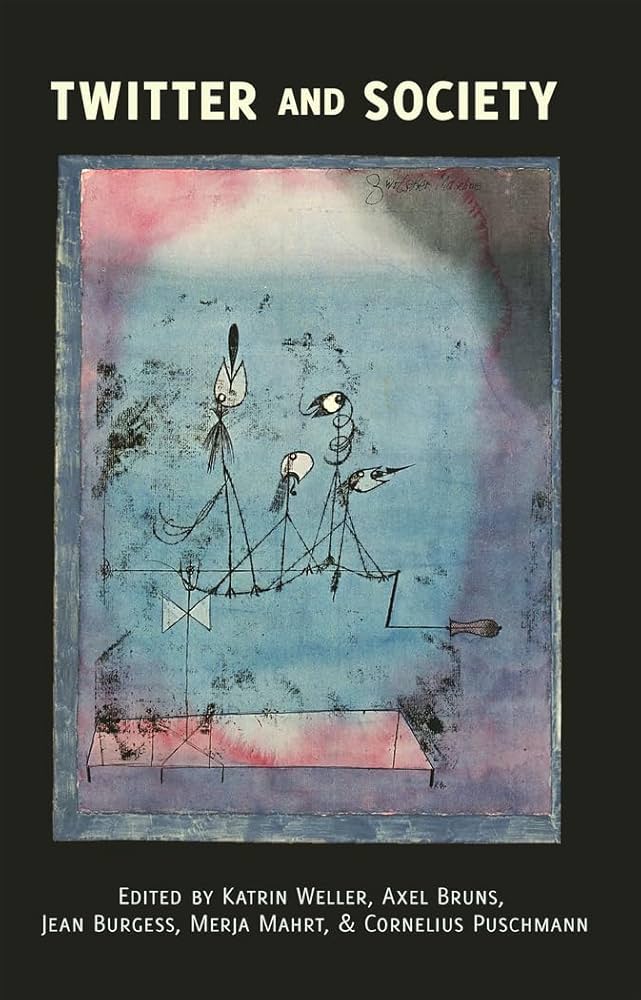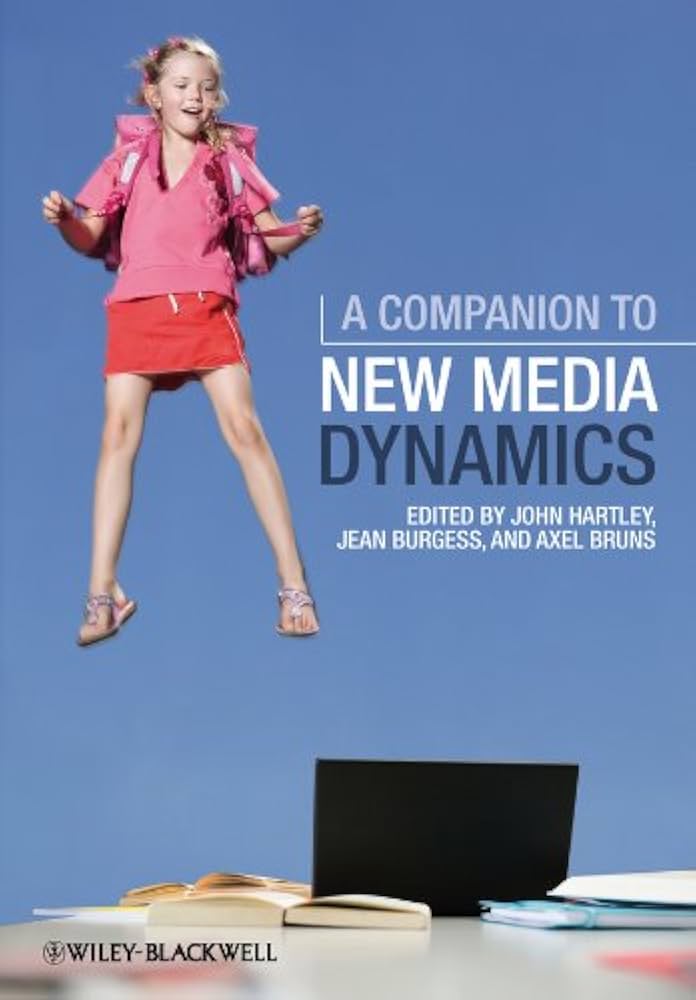The third presenter in this session at the AoIR 2025 conference is Shupei Yuan, whose interest is in the way that AI chatbots influence risk perception and decision making during times of crisis. In some such crises, such as natural disasters, people might find out about the current situation via emergency alerts, but are perhaps unsure about the correct course of action to take. This requires a short-term decision-making process that deals with the immediate threat.
AI chatbots may be used in such contexts; the Red Cross had an AI chatbot called Clara during the COVID-19 pandemic, for instance, but this has now been taken offline. But can this improve outcomes? Does it embed the four key dimensions of distributive justice (fairness of outcomes), procedural justice (fairness in the process), interpersonal justice (respectful and dignified treatment), and informational justice (transparency and clear communication)?
Chatbots might increase perceptions of justice across all four dimensions; they might also reduce risk perceptions, though; or increase individuals’ willingness to evacuate within a crisis situation. The present study examined this in an online experiment with some 433 participants that used the US government’s ready.gov flood information page as a template and tested outcomes with a static information site, a comment box-enhanced site, and a chatbot-enhanced site. It measured participants’ responses to these different formats.
Chatbot use turned out to result in higher procedural justice, and therefore also reduced risk perception. But it also resulted in lower distributive justice, and thus in less willingness to evacuate. This may be explained by the limitations of the study itself, where the limited scope of chatbot interactions might have led to repetitive information encounters.
In a second study, then, some 190 participants engaged with a different chatbot environment that was trained to test different levels of procedural and distributive justice. Unfortunately, though, this produced no significant results; whether the use of more powerful chatbots can make a difference to people’s responses to crisis situations remains to be seen, therefore.



